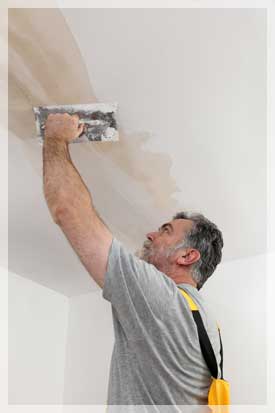Tips to Touch Up Your Interior Molding
 Do your interior rooms need a refresh? One of the most cost-effective ways to remodel a home’s interior is to repaint the molding. When your trim is faded, chipped or otherwise damaged, it has a negative effect on the rest of the room. If your interior paint jobs are relatively recent, but your molding faces everyday wear and tear, consider a molding touch up.
Do your interior rooms need a refresh? One of the most cost-effective ways to remodel a home’s interior is to repaint the molding. When your trim is faded, chipped or otherwise damaged, it has a negative effect on the rest of the room. If your interior paint jobs are relatively recent, but your molding faces everyday wear and tear, consider a molding touch up.
Choosing the Right Color
Wall molding is a strip of material used as decoration between surfaces – for example, the connection between the wall and the floor or ceiling. There is a whole glossary of molding terms, but let’s focus on the baseboards, room dividers and other surface transitions.
Among all choices of color, white or off-white is the best option for molding, but can be a double-edged sword. Your scratched baseboards will look crisp and good as new in a shade of white, but homeowners must keep up with the maintenance to keep the pure surface clean. A medium- to high-gloss sheen helps protect against premature depreciation and is easy to wipe clean.

 Homeowners often want this material, typically called a “popcorn ceiling,” gone for its dated look, easily damaged surface, and potential asbestos risk. While companies can remove it completely, this spray material can also be repaired for:
Homeowners often want this material, typically called a “popcorn ceiling,” gone for its dated look, easily damaged surface, and potential asbestos risk. While companies can remove it completely, this spray material can also be repaired for: